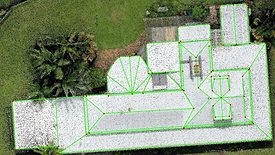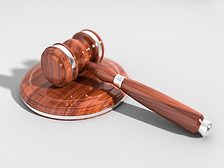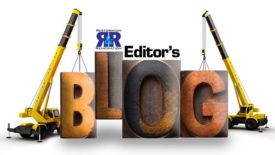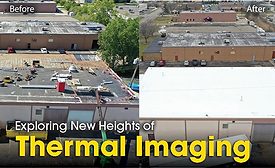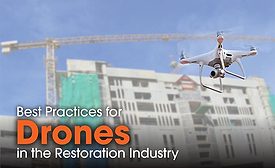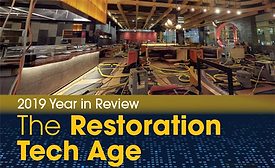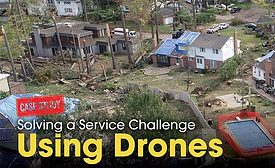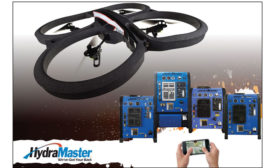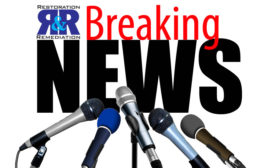Home » aerial imaging
Articles Tagged with ''aerial imaging''
EagleView Awarded $375M in Lawsuit Against Xactware
Latest ruling raises damages from $125M to $375M.
April 11, 2021
Stay ahead of the curve with our eNewsletters.
Get the latest industry updates tailored your way.
JOIN TODAY!Copyright ©2025. All Rights Reserved BNP Media.
Design, CMS, Hosting & Web Development :: ePublishing
